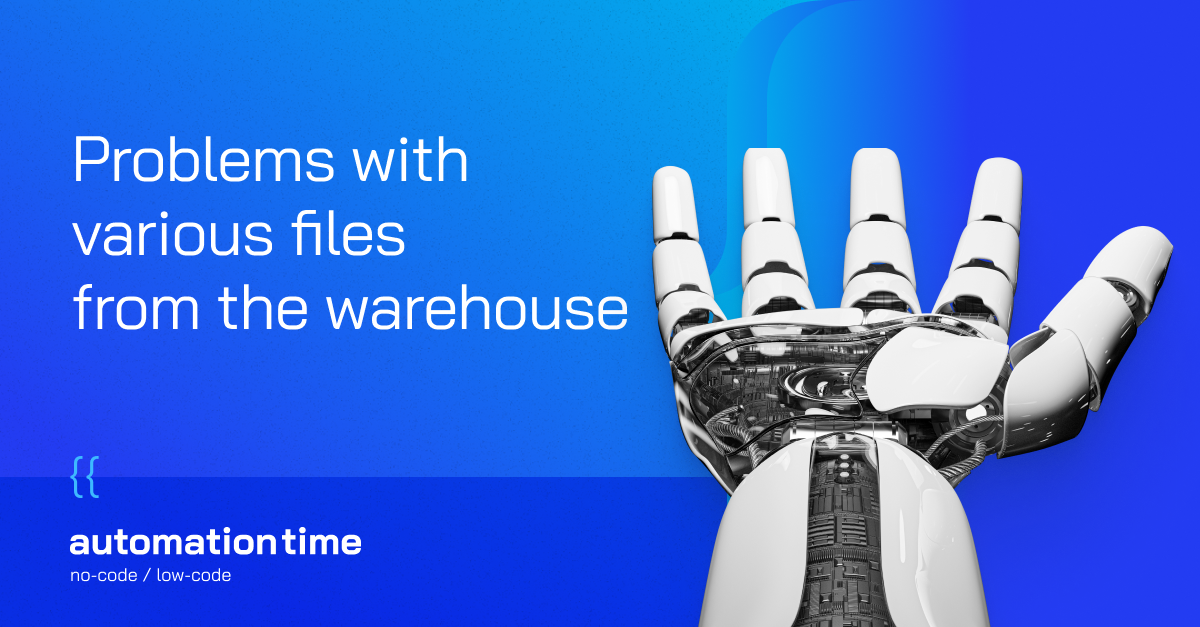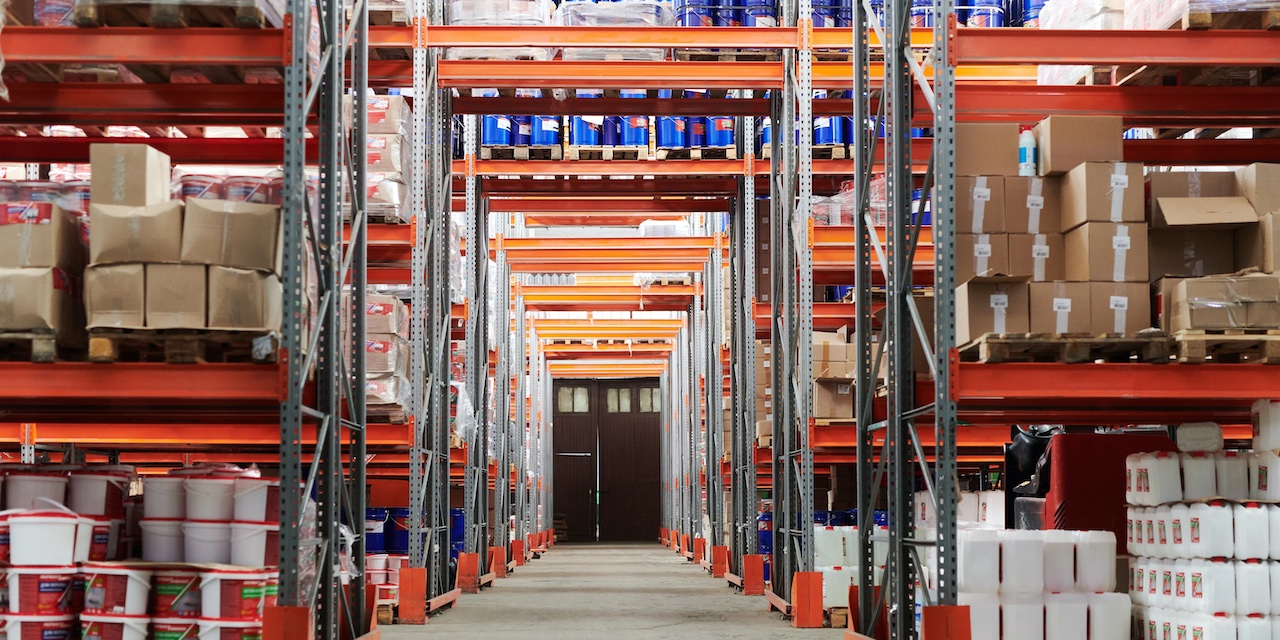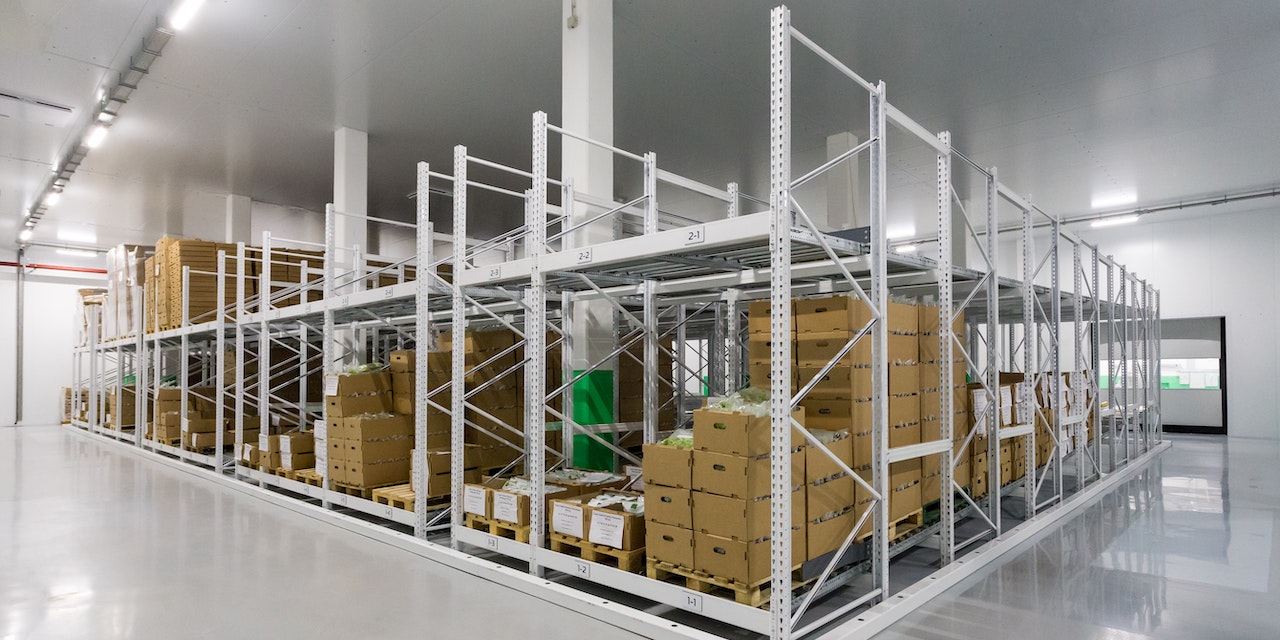In order to answer your request, we are obligated to process the data given above. Sometimes, however, we would like to use them for slightly different purposes, such as statistical data or informing you about our new products and services.We promise that we will use the given information for communication purposes only. We also remind you that you can unsubscribe from our mailing at any time (see Privacy Policy).
Automation is the technology-driven process by which various tasks traditionally performed by humans are transferred to a system or machine. It involves the use of various control systems and machinery, often aided by artificial intelligence (AI) and machine learning (ML), to independently carry out repetitive, mundane tasks without human intervention.
The primary aim of automation is to increase efficiency, accuracy, and speed, while also reducing the potential for human error. Automation can be found in a wide range of industries and sectors, from manufacturing and logistics to healthcare, retail, and customer service. It's a transformative technology that's enhancing the way businesses operate, improving product quality, driving productivity, and fostering more efficient use of resources.
Why choose automation?
Deciding to incorporate automation into your company is a strategic move with multifaceted importance.
Firstly, automation fuels efficiency. It accelerates processes that would otherwise be time-consuming, enabling your staff to focus on complex tasks that demand their expertise. It dramatically reduces human error, thus maintaining the quality of outputs.
Secondly, automation ensures scalability. As your business grows, the volume of repetitive tasks also increases. Automation makes it possible to handle and manage this increased workload without the need for proportionally expanding your workforce, optimizing cost-effectiveness.
Lastly, it fosters a competitive edge. In the digital era, companies leveraging advanced technologies like automation are more likely to stay ahead in their industry.
Hence, deciding to automate customer data, is an investment in future-proofing your business, ensuring its resilience and adaptability in an ever-evolving market landscape.

Remember! Above all, automation brings benefits:
-
Temporal Efficiency: Automation speeds up processes and manages repetitive tasks, saving valuable time and enhancing workforce productivity.
-
Financial Benefits: By reducing the need for manual labor and streamlining operations, automation leads to significant cost savings. It can also cut expenses associated with human error and rework.
-
Error Reduction: Automation decreases the likelihood of errors. As machines are not prone to fatigue or distractions, they consistently produce high-quality work with fewer mistakes, enhancing operational reliability.
The challenge of warehouse management

In today's e-commerce landscape, business processes present many challenges. One significant hurdle is the standardization of files from various warehouses, crucial for efficient inventory management and supply chain cost management. Each warehouse management system utilizes its own unique file format, complicating inventory management, and price-setting processes.
Classic warehouse management
In the classic view, warehouse management revolves around the organization, control, and administration of day-to-day operations within a warehouse or logistics company. This includes managing inventory, shipping, receiving, and distribution - all critical logistics to keep the company functioning efficiently.
The primary focus is to manage inventory and streamline these processes, ensuring orders are processed and fulfilled promptly on a regular basis to maintain customer satisfaction. Manual management requires a high level of employee involvement and meticulous coordination. It's a balancing act between the demands of market share, the needs of customers, and the resources of the company.
With this model, while coasting through peaks and troughs in customer behavior and demand, businesses often face the challenge of remaining competitive. Implementing automation technology in these processes has now become an appealing proposition for many businesses.
By streamlining processes and automating repetitive tasks, businesses not only enhance efficiency but also free their employees to focus on more complex, strategic tasks. In a fast-evolving marketplace, automation enables companies to stay competitive by fostering accuracy, speed, and scalability.
Navigating through different documents, it's better for warehouse management systems
A single warehouse management system file might contain retail price data to track shipments, while another focuses solely on inventory management information. A different file format might display the purchase price, thus requiring manual data entry, which is both time-consuming and increases the likelihood of errors. This scenario amplifies in complexity when updating data from numerous sub-suppliers in the supply chain, a routine task in many logistics companies.
Standardization of files - a solution to the problem
This system can convert various file formats into a single, standardized form, facilitating easy comparison, economical data analysis, and invoice processing, and improved inventory management.
Such streamlined processes not only save time but also elevate business process efficiency, positively impacting customer satisfaction and reducing errors that might occur during manual data processing.
Practical steps to standardize files
One of the significant benefits of implementing such a streamlined workflow in your warehouse management system is the potential for fewer costs and improved customer satisfaction. Thanks to real-time tracking and competent data management, customer feedback can be promptly addressed, enabling swift action to resolve issues and improve the overall customer experience.
Automation vs. API interface
Furthermore, automation analyzing data now isn't limited to generating files for import. Modern e-commerce systems feature API interfaces that facilitate fully automated data transfers to the store, thereby streamlining operations across the entire supply chain. Even if your supply chain primarily uses paper documents or text files, updating inventory can be automated through artificial intelligence and machine learning algorithms, bringing about increased efficiency and employee satisfaction.
In conclusion, opting for the standardization of files to extract data from various warehouses through a unified warehouse management system can be instrumental for your business growth. Many logistics companies have already acknowledged the benefits of such an approach and initiated the transition toward automated warehouse processes. So, are you ready to join the competitive edge in the market?
Key benefits of business process automation
In today's swiftly evolving business landscape, automation is not just a luxury, it's a necessity. A key focus is its application in logistics, transforming daily basis tasks and processes with efficiency and precision. Automation offers an array of benefits to businesses; most importantly, it drives cost-effectiveness. By automating routine tasks, companies can significantly reduce labor expenses, enabling the allocation of resources to more strategic endeavors.
This technology-driven approach also minimizes the potential for human error, streamlining operations to further improve customer satisfaction and overall productivity. Companies that implement automation often witness a substantial boost in their operational efficiency, allowing them to coast through business tasks that would have otherwise consumed more time and resources. Additionally, automation processes have a positive ripple effect on customer satisfaction.
Faster, more economical service delivery directly translates to happier existing clientele and the acquisition of new ones. As we focus on the future of business operations, the key to staying competitive will be how well companies can implement and leverage automation technology, effectively balancing costs and resources.

Absolutely, business process automation is a powerful tool that has broad applications across numerous operations within a company. A prime example can be seen in automatic faxing. Traditionally, faxing document was a labor-intensive process, requiring manual input and oversight. With automatization, this task is simplified and made more efficient, with documents sent automatically according to a preset schedule or triggers, reducing the workload on employees and minimizing the potential risks for human error.
Another excellent illustration is automatic posting. For instance, in the realm of social media management or blogging, businesses can schedule posts to go live at specific times, ensuring consistency and regularity in their communication and marketing efforts. This automated process saves time, reduces the risk of missed posts, and allows teams to plan their content strategy well in advance.
Finally, the use of chatbots in customer service is another testament to the benefits of automation. Chatbots can handle common inquiries around the clock, providing instant responses to customers. This not only enhances customer satisfaction by reducing wait times but also allows customer service representatives to focus on complex queries that require a human touch to provide customers.
These are just a few examples of how automatization can streamline processes, improve efficiency, reduce costs, and free up human resources for tasks that demand critical thinking and creativity. The value of automation in business is significant and continues to expand with the advancements in technology.




